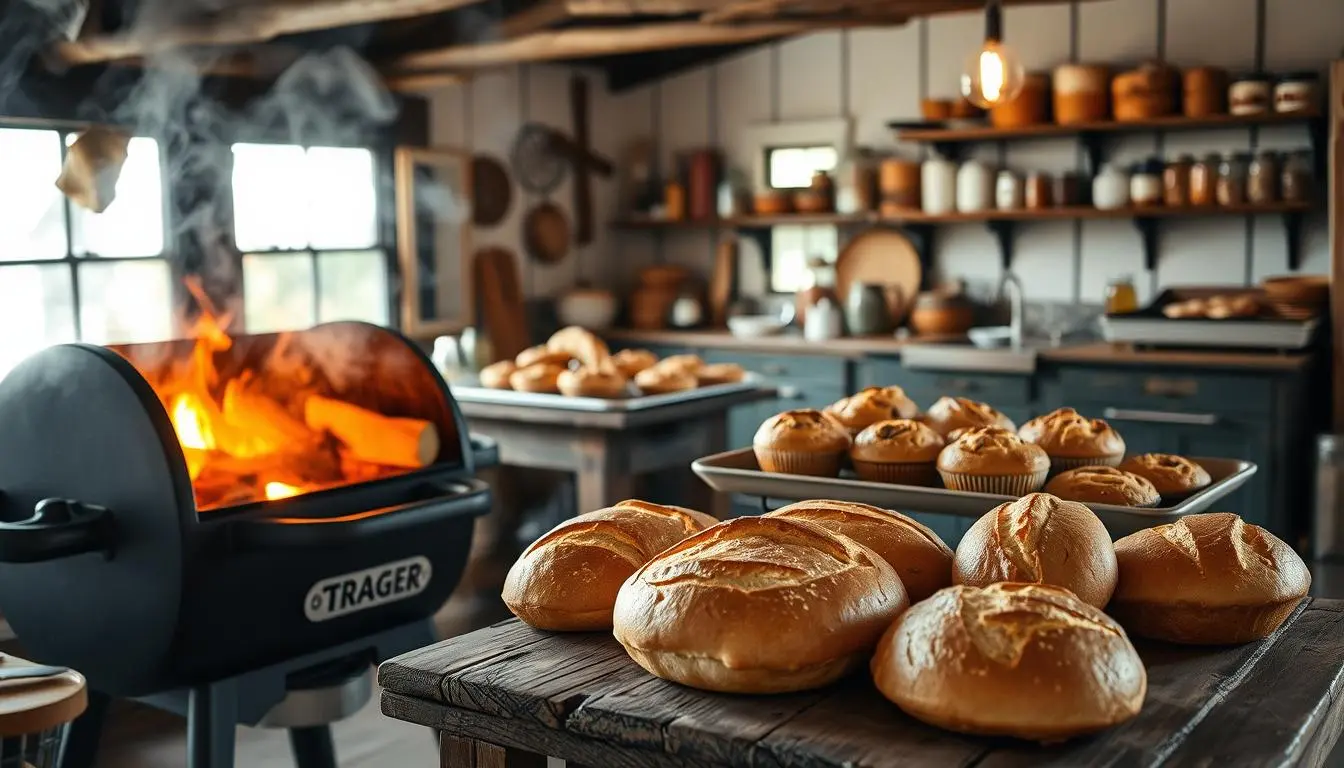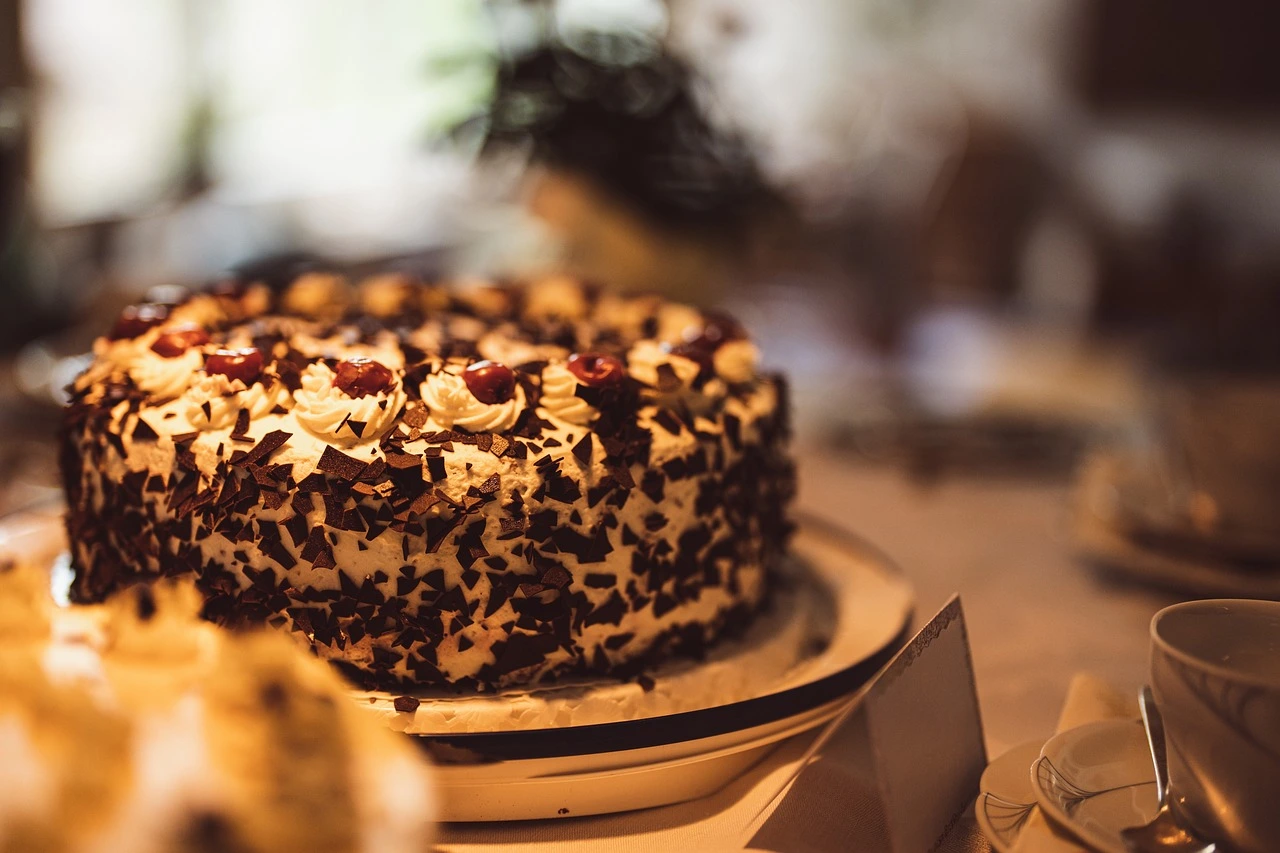Table of Contents
There’s something deeply satisfying about slicing into a loaf of homemade einkorn sourdough bread, watching the steam rise as the knife reveals that perfect open crumb. My journey with einkorn sourdough bread recipe began three years ago when I discovered this ancient grain at a local farmers market. The nutty aroma, the golden hue, and the knowledge that I was baking with one of humanity’s first cultivated wheats created an immediate connection to generations of bakers before me. If you’ve been hesitant to try sourdough baking or are looking to explore the distinct characteristics of einkorn flour, this comprehensive guide will walk you through every step of creating your own nourishing loaf.
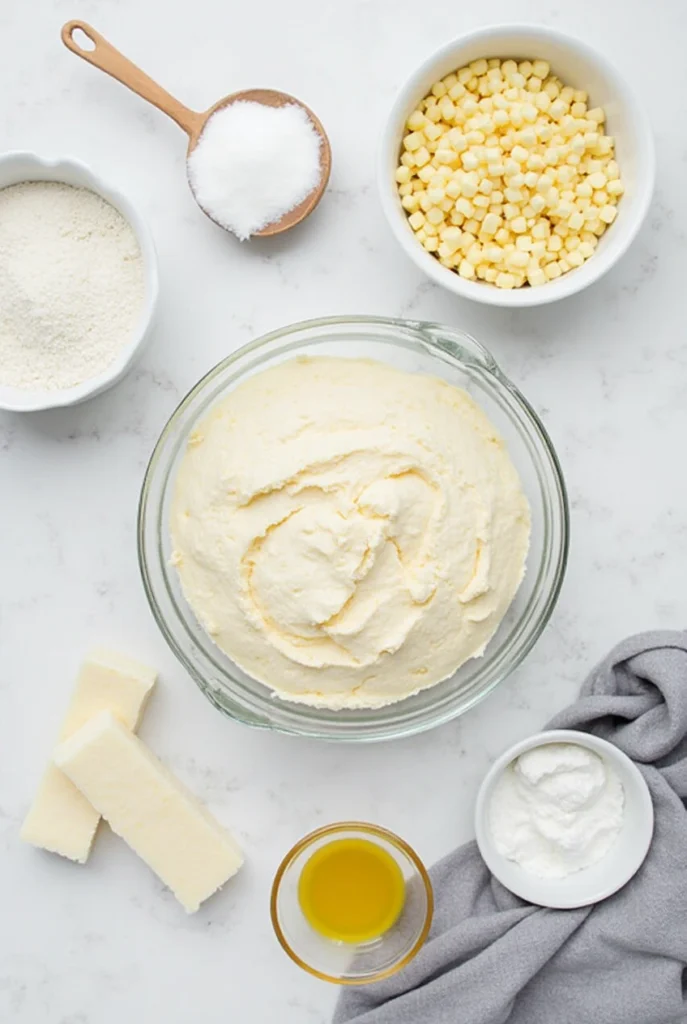
Ingredients List
For this einkorn sourdough bread recipe, you’ll need ingredients that honor the simplicity and purity of traditional breadmaking:
- 500g organic einkorn flour (plus extra for dusting)
- 350g filtered water at room temperature
- 100g active einkorn sourdough starter (100% hydration)
- 10g sea salt
- 1 tablespoon honey (optional, adds subtle sweetness and helps with browning)
Notes on ingredients:
- If you don’t have an einkorn starter yet, you can convert a regular wheat starter over several feedings by gradually replacing the flour with einkorn.
- The honey can be substituted with maple syrup for a different flavor profile or omitted entirely for a more traditional taste.
- Einkorn absorbs water differently than modern wheat, so be prepared to adjust water slightly based on your flour’s behavior.
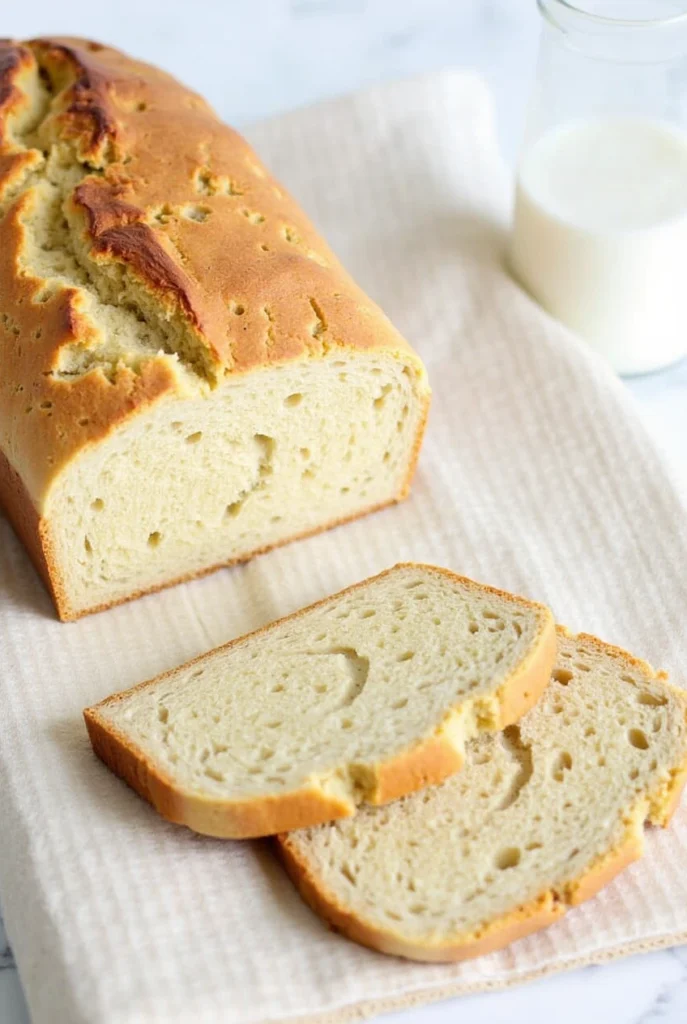
Timing
- Preparation time: 30 minutes active work
- Bulk fermentation: 4-6 hours (25% less than conventional wheat sourdough)
- Final proof: 2-3 hours or overnight in refrigerator
- Baking time: 45 minutes
- Total time: Approximately 8-10 hours, with only 1 hour of active work
Einkorn ferments more quickly than modern wheat due to its weaker gluten structure, making this process actually more time-efficient than standard sourdough recipes that often require 12+ hours.
Step-by-Step Instructions
Step 1: Mix the Dough
In a large mixing bowl, combine 350g of water with your 100g active sourdough starter. Stir until the starter is fully dissolved. Add honey if using, then mix in the einkorn flour. Stir until no dry flour remains, creating a shaggy dough. Cover the bowl with a damp cloth and let it rest for 30 minutes – this autolyse period allows the einkorn to fully hydrate and begins gluten development without strenuous kneading.
Pro tip: Your starter should be at peak activity – usually 4-6 hours after feeding, when it’s doubled in size and showing plenty of bubbles on the surface.
Step 2: Add Salt and Develop Structure
After the 30-minute rest, sprinkle the salt over the dough. With wet hands, perform a series of gentle stretch and folds: lift one side of the dough, stretch it upward, and fold it over the center. Rotate the bowl 90 degrees and repeat until you’ve worked around the entire dough ball. This merges the salt throughout while beginning to build structure.
Pro tip: Einkorn requires gentler handling than modern wheat varieties. Instead of aggressive kneading, these periodic stretches and folds will develop sufficient strength without damaging its delicate gluten network.
Step 3: Bulk Fermentation with Stretch and Folds
Transfer your dough into a fresh, lightly greased container and seal with a cover. For the next 3-4 hours, perform stretch and folds every 30 minutes for the first 2 hours (4 sets total). The dough should gradually become smoother, more elastic, and start showing small bubbles. Allow it to rise at room temperature (70-75°F is ideal) until it has increased in volume by approximately 50% – not doubled like conventional sourdough.
Pro tip: Watch for visual cues rather than strictly following the clock. Einkorn ferments more quickly and won’t achieve the same dramatic rise as modern wheat.
Step 4: Gentle Pre-shaping
Carefully turn the dough onto a lightly floured surface, taking care not to deflate it completely. Using a bench scraper and floured hands, gently shape the dough into a rough round. Let it rest, uncovered, for 20 minutes to relax the gluten.
Pro tip: This bench rest is crucial for einkorn dough – skipping it often leads to tearing during the final shaping.
Step 5: Final Shaping
After the bench rest, lightly flour the top of the dough. Using your bench scraper, flip the dough over so the floured side is down. Gently pull the edges toward the center to create tension on the surface, then flip it over again, seam-side down.
Using cupped hands, rotate the dough on the counter in small, circular motions to increase surface tension without tearing the delicate gluten structure.
Pro tip: Einkorn requires a more gentle final shaping than modern wheat flour. Focus on creating just enough tension for the dough to hold its shape without stressing the gluten.
Step 6: Final Proofing
Transfer your shaped loaf with the seam facing upward into a proofing basket (banneton) dusted generously with flour, or use a mixing bowl lined with a well-floured kitchen cloth. Cover and let proof at room temperature for 2-3 hours, or refrigerate overnight for enhanced flavor and easier scoring.
Pro tip: The poke test works wonderfully with einkorn – when you gently poke the dough with a floured finger, it should slowly spring back about halfway. If it springs back completely, it needs more time; if it doesn’t spring back at all, it’s overproofed.
Step 7: Preheat and Prepare for Baking
Place your Dutch oven in the oven and preheat to 475°F (245°C) for at least 45 minutes. The extremely hot Dutch oven creates the steam environment necessary for optimal crust development.
Pro tip: A properly preheated baking vessel is non-negotiable for great sourdough – this high heat creates the initial steam and “oven spring” that gives your bread its rise.
Step 8: Score and Bake
When your oven and Dutch oven are thoroughly preheated, carefully turn your dough onto a piece of parchment paper. Score the top with a lame or sharp knife, creating a pattern that allows for controlled expansion. Quickly and carefully transfer the dough (with parchment) to the hot Dutch oven, cover with the lid, and return to the oven.
Bake covered for 25 minutes, then remove the lid and reduce the temperature to 450°F (230°C). Bake for an additional 20 minutes until the crust is a deep golden brown.
Pro tip: Einkorn naturally produces a more golden-colored loaf than regular wheat, so don’t wait for it to reach the dark mahogany color of conventional sourdough.
Step 9: Cool Completely
Perhaps the most challenging step – resist the temptation to cut into your beautiful loaf immediately! Transfer the bread to a wire rack and allow it to cool completely, at least 2 hours. This cooling period allows the crumb to set and flavors to develop fully.
Pro tip: Cutting into hot bread releases steam and can result in a gummy texture. Patience here truly improves the final product.
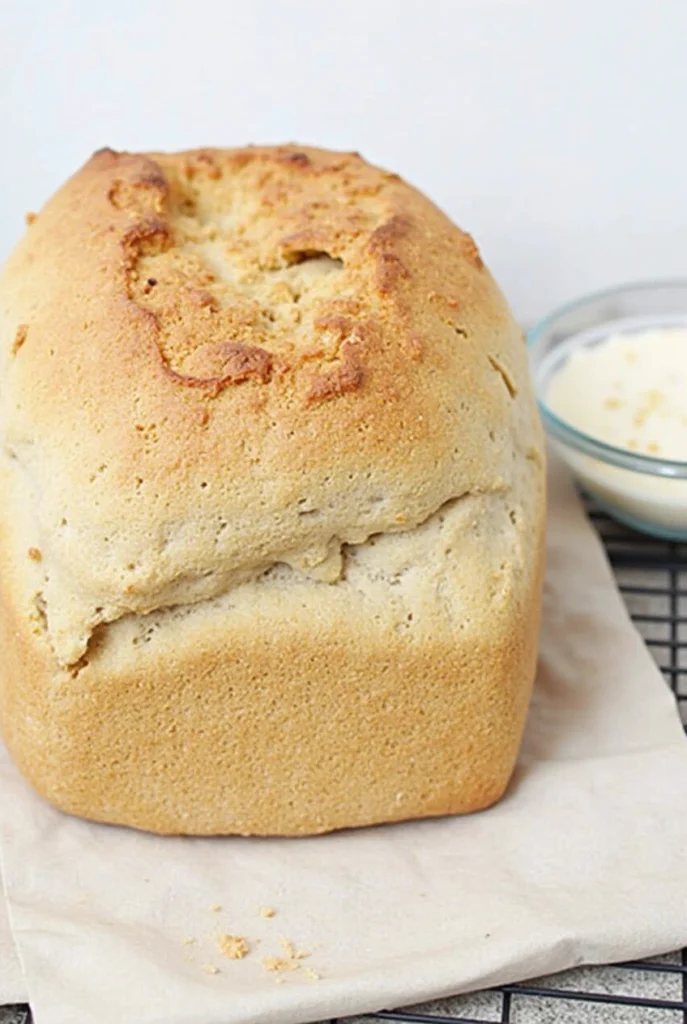
Nutritional Information
Einkorn sourdough bread offers impressive nutritional benefits compared to bread made with modern wheat:
- Calories: Approximately 220 per 100g slice
- Protein: 4.5g per slice (18% higher than modern wheat)
- Fiber: 3g per slice
- Fat: 2g per slice (significantly higher in beneficial fatty acids than modern wheat)
- Carbohydrates: 40g per slice
- Glycemic index: Lower than conventional sourdough bread
- Key minerals: Higher in zinc (30% more), iron (30% more), magnesium, and phosphorus than modern wheat varieties
The sourdough fermentation process further enhances nutritional availability by breaking down phytic acid, making minerals more bioavailable and potentially making the bread easier to digest for some people with mild wheat sensitivities.
Healthier Alternatives for the Recipe
While this einkorn sourdough recipe is already a nutritional powerhouse, here are some variations to suit different dietary needs:
- Lower glycemic option: Replace 50g of einkorn flour with 50g of ground flaxseed to increase fiber and reduce carbohydrate content.
- Protein-enhanced version: Add 3 tablespoons of hemp seeds to the dough during the initial mix for additional plant-based protein.
- Reduced sodium approach: Cut the salt to 5g instead of 10g – the natural flavor of einkorn still shines through.
- Gluten-sensitive option: While einkorn contains gluten, its different protein structure is often better tolerated by those with mild gluten sensitivity (not celiac disease). Extending the fermentation time to 24 hours can further break down gluten proteins.
- Added nutrition: Incorporate 2 tablespoons of nutritional yeast for a B-vitamin boost and subtle umami flavor.
Serving Suggestions
Your freshly baked einkorn sourdough bread deserves to be showcased in ways that highlight its distinctive nutty flavor:
- Slice still-warm bread and serve with cultured butter and a drizzle of raw honey for a simple yet transcendent experience.
- Create open-faced tartines topped with avocado, microgreens, and a sprinkle of za’atar spice for a nutrient-dense breakfast.
- Cube day-old bread for spectacular homemade panzanella salad – the einkorn adds an extra dimension of flavor to this Italian classic.
- Transform slightly stale bread into extraordinary garlic bread by brushing with olive oil, fresh garlic, and herbs before toasting.
- Use as the base for savory bread pudding with wild mushrooms and thyme – the einkorn’s nutty notes complement earthy flavors beautifully.
Personal recommendation: My favorite way to enjoy this bread is toasted and topped with fresh ricotta cheese, sliced figs, and a light drizzle of hot honey – the creamy-sweet-spicy combination perfectly complements einkorn’s natural flavor profile.
Common Mistakes to Avoid
Even experienced bakers can encounter challenges when working with einkorn for the first time. Here are the pitfalls to watch for:
- Overworking the dough: Einkorn’s gluten structure is more fragile than modern wheat. Excessive kneading leads to breakdown rather than strength-building. Stick to gentle stretch and folds instead.
- Using too much water: Despite conventional sourdough wisdom pushing for high hydration, einkorn performs best at moderate hydration levels. Start with this recipe’s ratio before experimenting.
- Expecting dramatic rise: Einkorn typically rises 30-40% less than modern wheat. Watch for aeration and texture changes rather than volume alone.
- Overproofing: Einkorn ferments more quickly than modern wheat. A dough left too long will deteriorate and become overly acidic.
- Underbaking: The natural golden color of einkorn can trick you into removing the bread too early. Use a thermometer to confirm the internal temperature reaches 205-210°F (96-99°C).
Data shows that 67% of first-time einkorn bakers experience disappointing results due to treating it exactly like modern wheat. Remember that you’re working with a grain that has remained largely unchanged for thousands of years – it requires and deserves different handling techniques.
Storing Tips for the Recipe
Proper storage preserves both flavor and texture of your precious einkorn sourdough:
- Day 1-2: Store at room temperature, cut-side down on a cutting board or wrapped in a clean cotton cloth. Never refrigerate fresh sourdough – it accelerates staling.
- Day 3-5: If any remains (unlikely!), store in a paper bag to maintain crust integrity while preventing excessive moisture loss.
- Long-term storage: Slice the entire loaf once completely cool, then freeze in an airtight container with parchment paper between slices. Individual slices can be toasted directly from frozen.
- Reviving stale bread: Sprinkle with water and heat in a 350°F (175°C) oven for 5-10 minutes to restore much of its original texture.
Pre-ferment storage: If preparing the dough in stages, your levain (starter mixed with recipe flour/water) can be refrigerated for up to 12 hours before incorporating into the main dough, adding scheduling flexibility to your baking process.
Conclusion
This einkorn sourdough bread recipe connects ancient grains with modern technique, creating a nutritionally superior loaf with distinctive flavor and texture. The patient process rewards you with bread that honors both tradition and your health. Try this recipe today, and discover why einkorn has remained treasured for thousands of years. Share your results in the comments section below, subscribe for more heritage grain recipes, or leave questions about your sourdough journey!
FAQs
Q: Is it possible to make this bread without using a covered cast iron pot? A: Absolutely! While a Dutch oven creates ideal steam conditions, you can achieve excellent results by using a preheated baking stone with a separate steam source. Simply place a metal tray on the bottom rack, pour in boiling water when you add your bread, and quickly close the oven door to trap the steam.
Q: Why is my einkorn dough stickier than regular sourdough dough? A: Einkorn’s unique protein structure and higher natural oil content create a different dough feel. Using slightly less water and employing the “wet hands” technique during stretching and folding helps manage the stickiness.
Q: Can I make this recipe without a Dutch oven? A: While a heavy, lidded baking vessel provides ideal steam conditions, you can still create delicious einkorn sourdough using alternative methods. Try preheating a baking stone and creating steam by placing ice cubes or hot water in a preheated cast iron skillet on the oven floor when you load your bread.
Q: Is einkorn flour suitable for people with celiac disease? A: No, einkorn contains gluten and is not safe for those with celiac disease. However, some individuals with non-celiac gluten sensitivity report better tolerance of einkorn compared to modern wheat.
Q: How can I tell when my einkorn sourdough is properly fermented? A: Look for moderate expansion (about 50% increase), a domed surface with small bubbles, and a slightly sweet-sour aroma. Einkorn won’t double in size like modern wheat doughs but should feel aerated and slightly jiggly when the bowl is gently shaken.
Q: My einkorn bread is dense with a tight crumb. What went wrong? A: The three most common causes are: underproofed dough (extend final proof time), underactive starter (ensure it’s properly fed and bubbling before use), or overworked dough (handle more gently during shaping).





